Author: Ben S.
-

The War Chapters- Three Brief Notes
A few quick references for the War Chapters- While unlikely to make its way into the average Gospel Doctrine class, I’d call attention to the covenant/curse ritual in Alma 46:21-22, with its symbolic actions or “simile curses.” Very briefly, covenanters called down curses on themselves for violation of the covenant, but blessings for keeping it. …
-
Midterm answers, final part
Here is the last of 3 sections of answers to the Book of Mormon exams I gave at BYU several years ago. (Original post, answers part 1, answers part 2) 27) Joseph Smith, responding to the question “What are the fundamental principles of your religion,” replied, “The fundamental principles of our religion are the testimony…
-
Book of Mormon Midterm Answers, part 2
Since these take a long time to write up, and the answers can be fairly dense, I’ve broken up the answers further. (Edit: Here is the original post without any answers, and answers part 1.) 18) On the back of this paper, provide a brief outline of 2 Nephi. Outlining is a tool useful at…
-
Book of Mormon Midterm Answers Part 1
I posted the questions last week. It’s taken me much longer than I thought to hunt down my references/handouts/links, so I’m breaking the answers into two parts. 1) Nephi says several times that knowing “the things of the Jews” can help us understand Isaiah. Similarly, the “things of the Jews” can help us understand the…
-
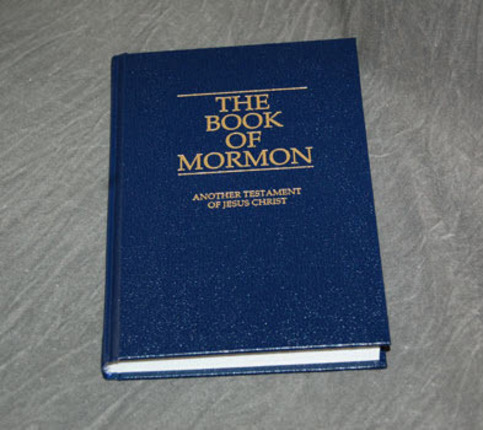
Book of Mormon Midterm
We’ve arrived in early Alma, and so, as I did for my BYU New Testament class I taught, I provide here some questions taken from the midterms and finals of the two Book of Mormon classes I taught in 2004 and 2006. Both sections covered 1 Nephi-Alma 29, but one was a freshman section and…
-

The Lord is My Goatherder, I Don’t Want Him: Why Translations Differ (Part 5)
The Lord is my Goatherder, I don’t want him; he hauls me up the mountain; he drags me down to the beach. Surely we all recognize the 23rd Psalm there, from the infamous first translation into Tlingit. Sounds a bit off, doesn’t it?
-
Reading the Bibles: Why Translations Differ (Part 4)
This is the third of four categories explaining why translations differ. 3) How does the translator resolve ambiguities on the word-level? Hebrew writing did not indicate doubled letters (which are significant) or vowels until the 8th/9th century AD*, when Jews who had memorized the pronunciation of the traditional text came up with a system (three,…
-
Reading the Bibles: Why Translations Differ (Part 3)
Here is the second of four categorical reasons why translations may differ. 2) How does the translator parse the mechanics (syntax, etc.) and disambiguate the text on the sentence and paragraph level? (NB: This is a very simplified presentation of complex subjects.) Biblical Hebrew is very different from English. Like many other ancient languages, it…
-
Reading the Bibles: Why Translations Differ (Part 2)
Before looking at the two sample passages in detail, I want to familiarize you with some basic information about the Old Testament text and translation issues. And in the last part, I’ll make some suggestions about how to approach the text like this when you haven’t studied Greek or Hebrew. I’ve divided these into four…
-
Reading the Bibles: The Problem (Part 1)
I received the following from an educated friend, and got permission to respond via blogposts. Slightly edited, he asks- >>As someone without training in the original languages, how can I evaluate alternate translations of scripture? Here’s what motivates this question: I’ve been reading Grant Hardy’s Reader’s Edition of the Book of Mormon, which I love.…
-

Misattributed Quotes of Note: Henry Eyring (Sr.) on Babies, Bathwater, and Authority
This wisdom is often attributed online to Elder Henry B. Eyring, but none provides a source. It was Henry Eyring Sr., non-Apostle and brilliant prolific scientist who gave this nugget of wisdom. However, Henry Eyring Jr. apparently took the lesson to heart, as he has said similar things. And perhaps he quotes his father somewhere.…
-

Reading Tom Wright’s New Testament Commentary for Everyone
Writings on the scriptures often comes from one of two perspectives. 1) Devotional-but-clueless, i.e. the author is able to read/write devotionally on a passage because they don’t know any other way to read it. They don’t address context or difficulties or objections or avoid pitfalls, because they’re completely unaware of them. It’s often trite and…
-
Conference Plug: Mormons and the Internet
Want to be discussed, dear reader? Engage in naval gazing? Hear voices and see faces of names you’ve only read and intellectually crushed on? A reminder of the conference to be held at UVU on Thursday and Friday and appropriately live-streamed over the internet, featuring various luminaries from all corners as John Dehlin (of Mormon…
-

What Happened Last Thursday at Institute: l’Affair Botte Goes Local
(I’m jumping because of the Bott stuff, but will still put up my 2 posts on Genesis 2-4 and Creation/temples post.) Instead of beginning on the Flood on Thursday as planned, I decided to take 5 minutes to talk about the mark of Cain in Genesis 4, and the curse on Canaan in Genesis 9.…
-

Institute Report: Genesis Week 5 (corrected)
(We’re a few weeks behind here on the blog. I hope to catch up. Most important for my students: We WILL have Institute this week, contrary to what I said last Thursday.) Tonight we finished off Genesis 1 and introduced the second creation account in Gen 2. Had a few more people, so I started…
-
Brief notes on Laman, Lemuel and Cursing
(Corrected!) I hope it’s not too late to post this, and equally that it will still be useful in this quick and dirty form. Though long, I’ve included the scriptural passages for quick skimming, since I doubt they’re familiar. We’re familiar with blessings in the Church- patriarchal blessings, blessings on the food, blessings of health,…
-
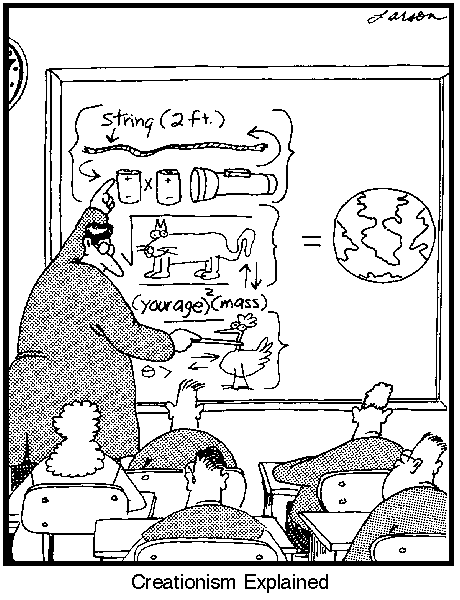
Institute Report: Genesis Week 4
This week, we continued talking about Enuma Eliš and Genesis 1, beginning with a review of some of the similarities we talked about last week. Similarities– 1) Opens with temporal clause. 2) pre-creation darkness 3) precreation cosmic waters 4) wind/spirit 5) division of the waters to create space for human existence 6) a solid “roof”…
-
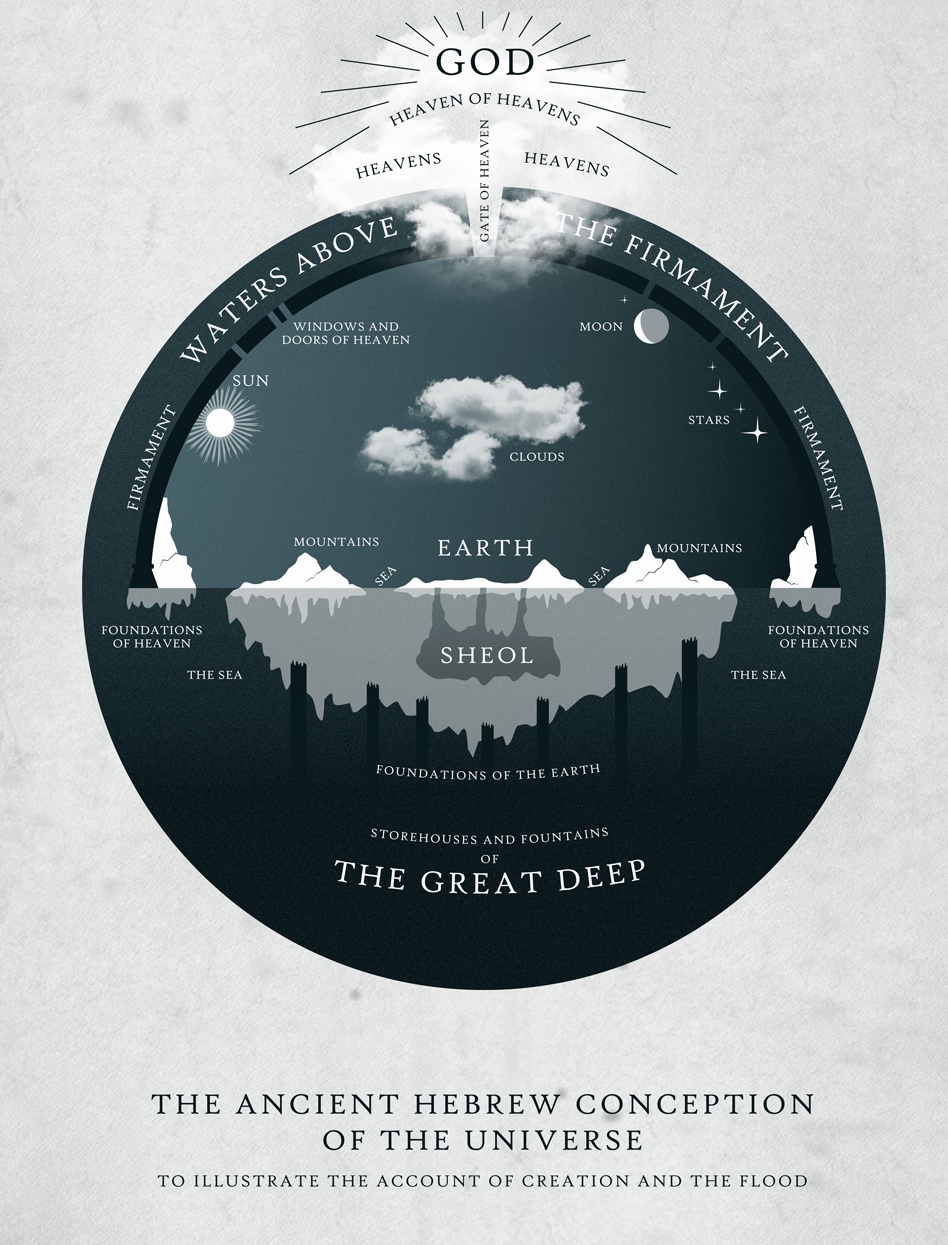
Institute Report:Genesis week 3
(updated!) Attendance down a little this week; I know one student had a date, the weather was poor (no one likes to travel in the rain), and so on, but I also heard that last week was too much for at least one person. But, I felt this week went quite well, and we finally…
-
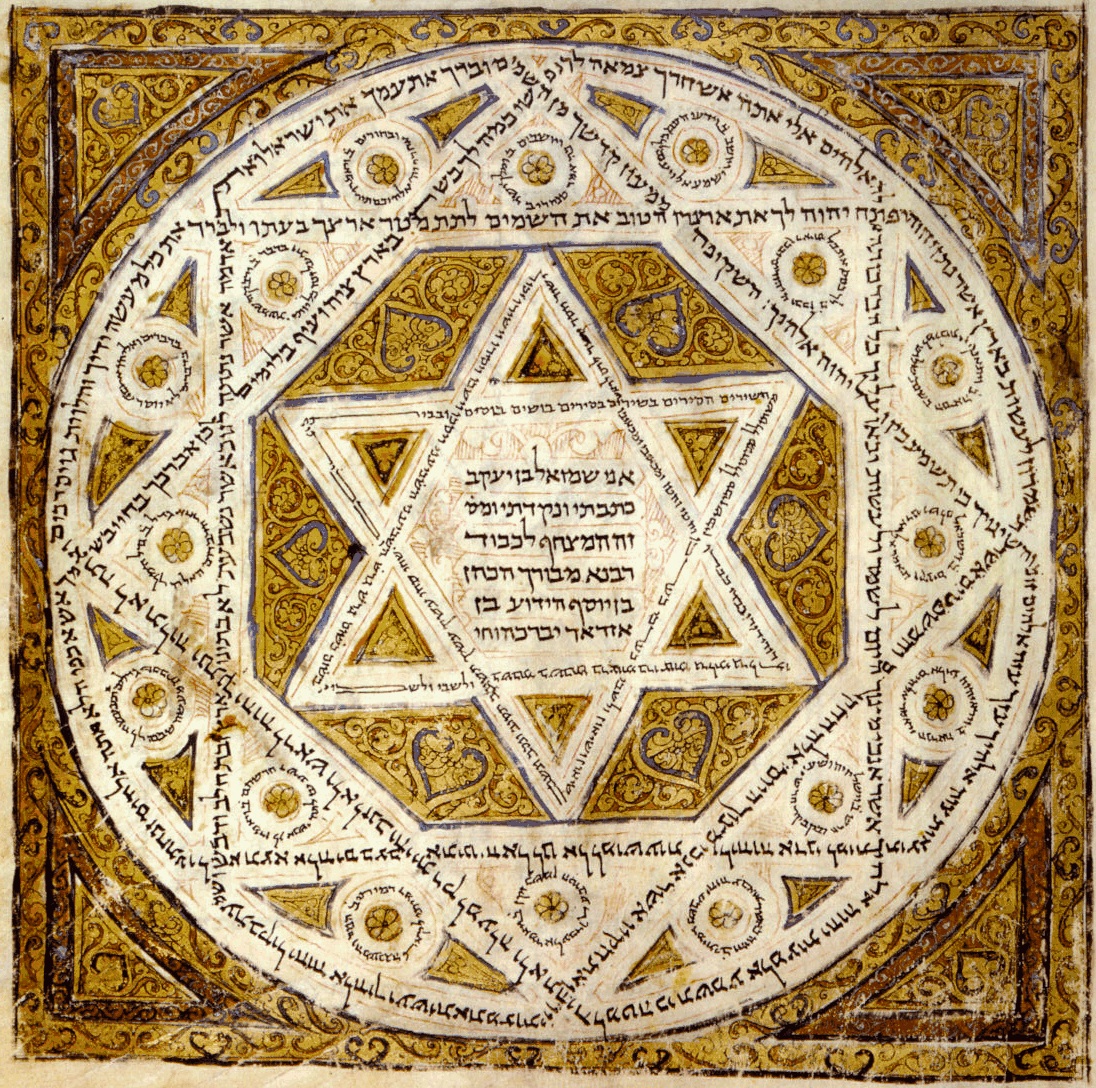
Institute Report: Genesis Week 2
I was gratified to see most of the class come back, but we’ll see if it happens again. Here’s the tentative syllabus for the next few weeks. I was really apprehensive about today, for two reasons. First, the material in this lesson was largely groundwork for the next few weeks, and really shouldn’t stand on…
-

The Standard Packet, the Book of Mormon, and Critical Thinking at BYU
Perhaps due to the authoritarian structure of the Church, students at BYU (more than elsewhere?) come to college expecting Pure Truth to be bestowed by The Authorities (i.e. professors) on those less enlightened (i.e. students), instead of learning how to engage data and arguments. I’ve often distributed a collection of readings and articles to students in…
-

Institute Report: Genesis, Week 1
If there’s sufficient interest, I will post some general notes, handouts and materials here instead of mailing out everything to my class. Handouts are pdf format and have live links embedded. I felt the first week went well; in contrast to the last time I taught this, few students had a science background, and only…
-
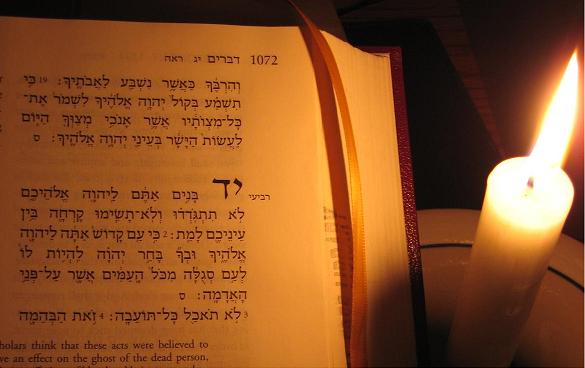
Scripture Unchained: A New York Institute Announcement
After taking off 18 months or so, I’m returning to teaching Institute in my free time. Beginning January 12, 8 PM in the Union Square chapel of Manhattan, I’ll be teaching a class called “Genesis, with an Introduction to Studying the Bible in Hebrew.” The Institute Director added the last part, but I don’t mind…
-
Teaching from the Pew: When the Manual Authorizes Subverting the Teacher
A thought inspired by Aquinas’ review, which focuses on the teacher, instead of the manual. If I had any Photoshop skills, I’d have put the manual in the middle of that ring. Reference comes from Aquinas’ post. I taught the Teacher Training course for a few months earlier this year, which meant I spent a…
-

Gospel Doctrine New Testament Midterm and Final
We’re nearing the end of our New Testament study for the year; what have we learned? Shall we assess? Back in 2006, when I was still engaged in my Sisyphian PhD pursuit, I taught an Honors Acts-Revelation class at BYU, which was a lot of fun. We learned a little Greek, read some introductory scholarship,…
-

Quotes of Note- Elder Holland on Boats and Struggling Swimmers
Unfortunately inspired by a personal experience related to me recently, I present a rebuke of sorts and a call for more Christ-like compassion by Elder Holland. “When a battered, weary swimmer tries valiantly to get back to shore, after having fought strong winds and rough waves which he should never have challenged in the first…
-

A Missionary Reminiscence on Christmas
When the mission president announced to our small group of greenies that I was going to Strasbourg, I shrugged the resigned shrug of a missionary who knew nothing about anywhere but was willing to go wherever. One of the sisters expressed jealousy; Strasbourg, she said, was one of the best cities in the mission. She…
-
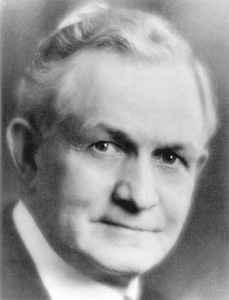
Quotes of Note- McKay on Running the Church
“Men must learn that in presiding over the Church we are dealing with human hearts, that individual rights are sacred, and the human soul is tender. We cannot run the Church like a business.”-David O. McKay Diaries, May 17, 1962, as quoted in “David O. McKay and the Twin Sisters’: Free Agency and Tolerance” by…
-
Finally, Family Scripture Study that Works for Us
My family is not very large (C and, uh, me. Not even a cat), so schedules aren’t hard to coordinate. We’re both active in the Church, and bibliophiles who regularly read and study our own scriptures, and yet we’ve never been able to have productive scripture study together. I am largely to blame for that,…
-
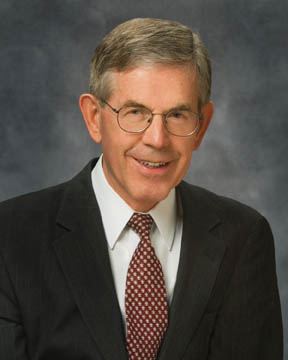
Quotes of Note: Elder Hafen on Independence
Quotes of Note will be a recurring series of lesser-known General Authority statements of interest, as conversation starters. I’m starting with a favorite. “We need to develop the capacity to form judgments of our own about the value of ideas, opportunities, or people who may come into our lives. We won’t always have the security…
-
Breaking Gender Stereotypes at the Dinner Table
Given that my wife is female and her heavy and varied involvement with food (cooking school, PhD in Food Studies (scroll to bottom), sometimes-food-blog, etc.), most people assume she’s doing all the cooking at our house. Not so. In fact, even before we were married, I did so much of it that at our sealing…
